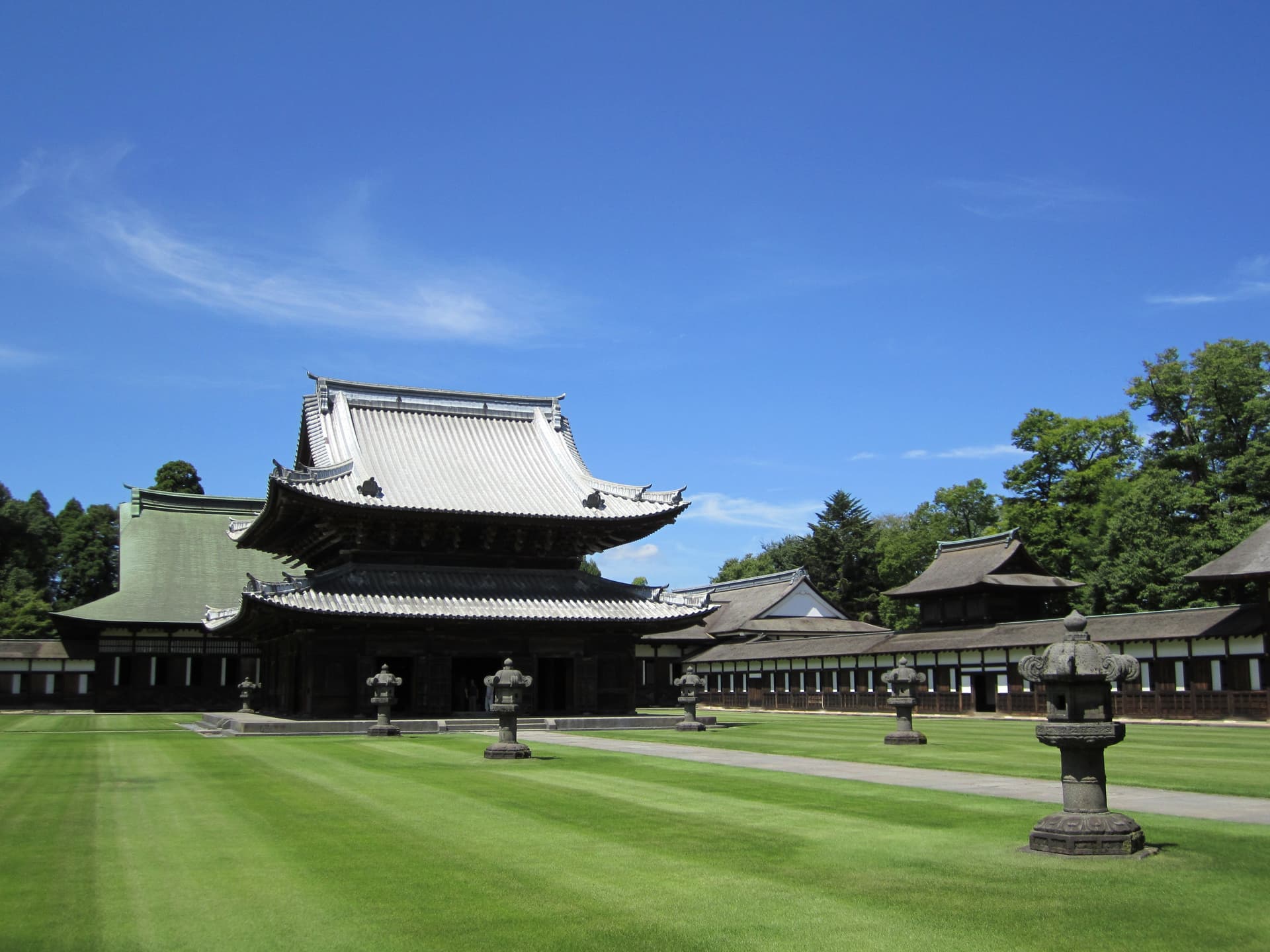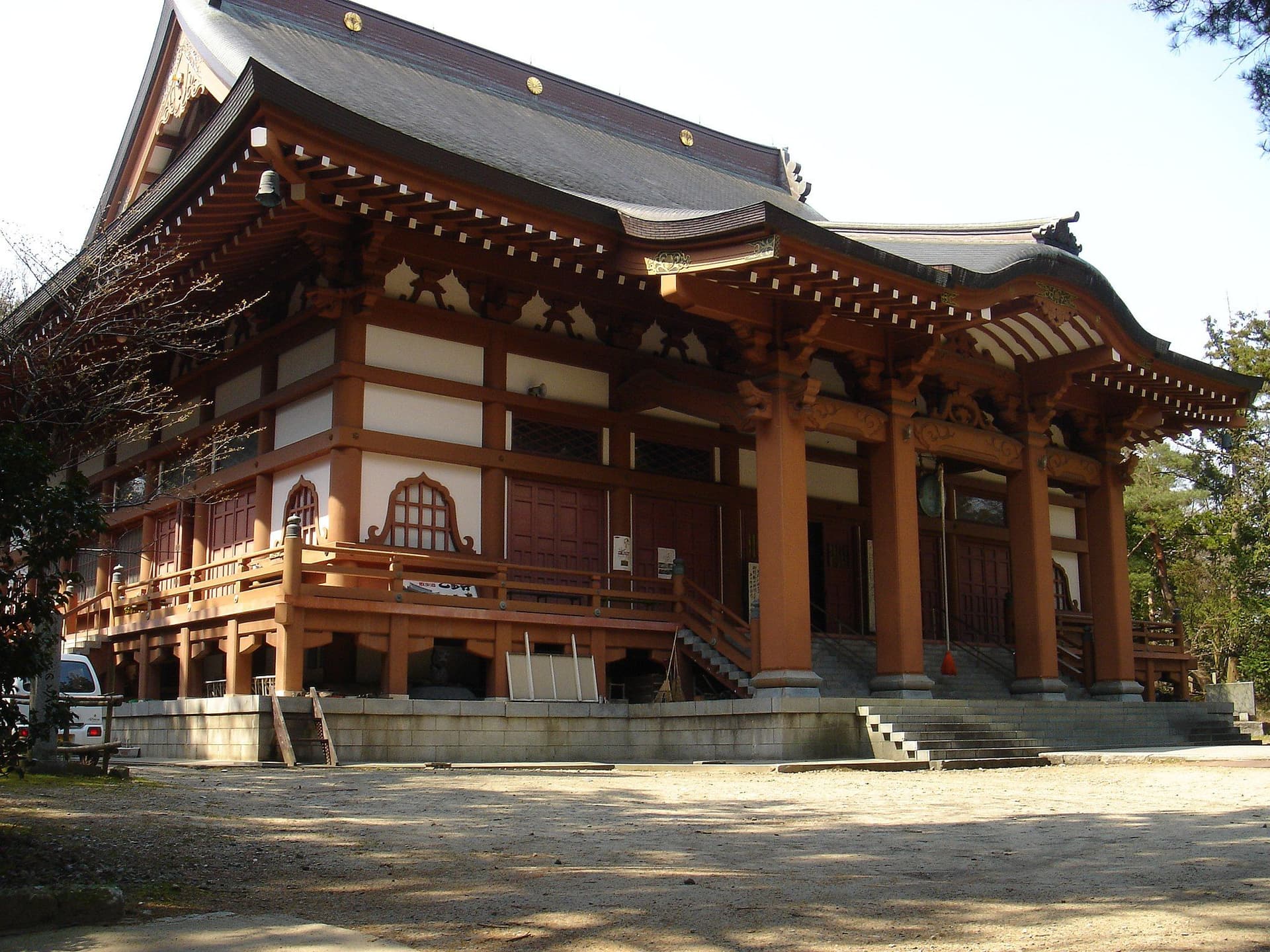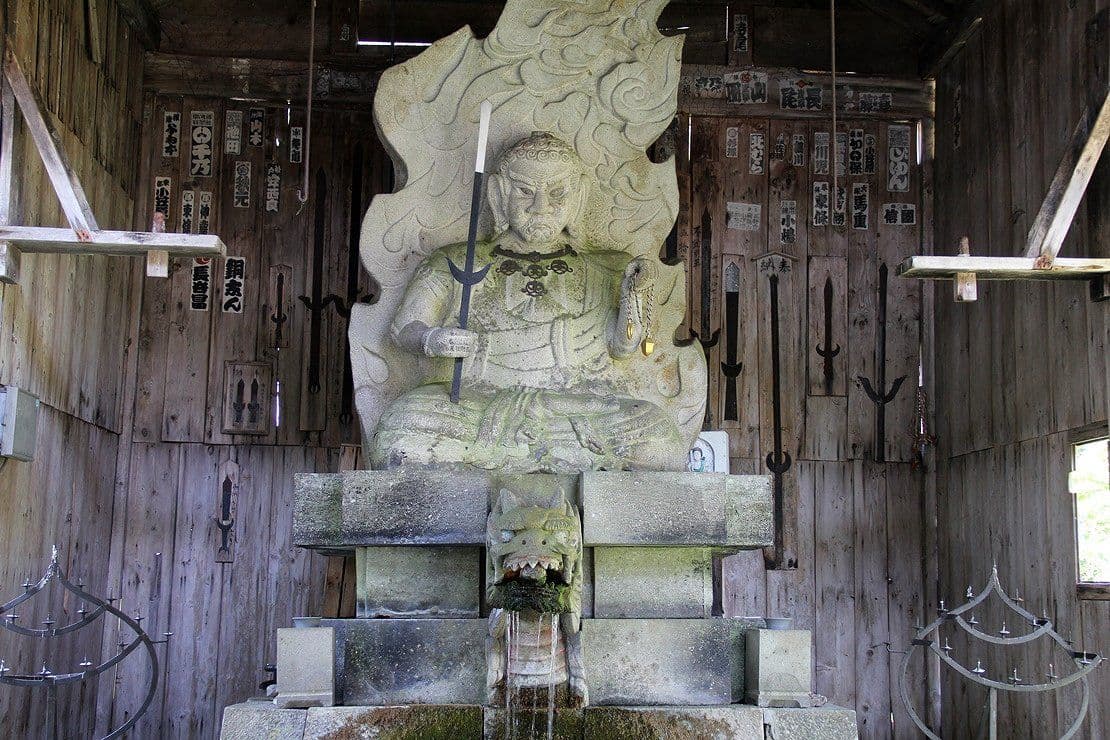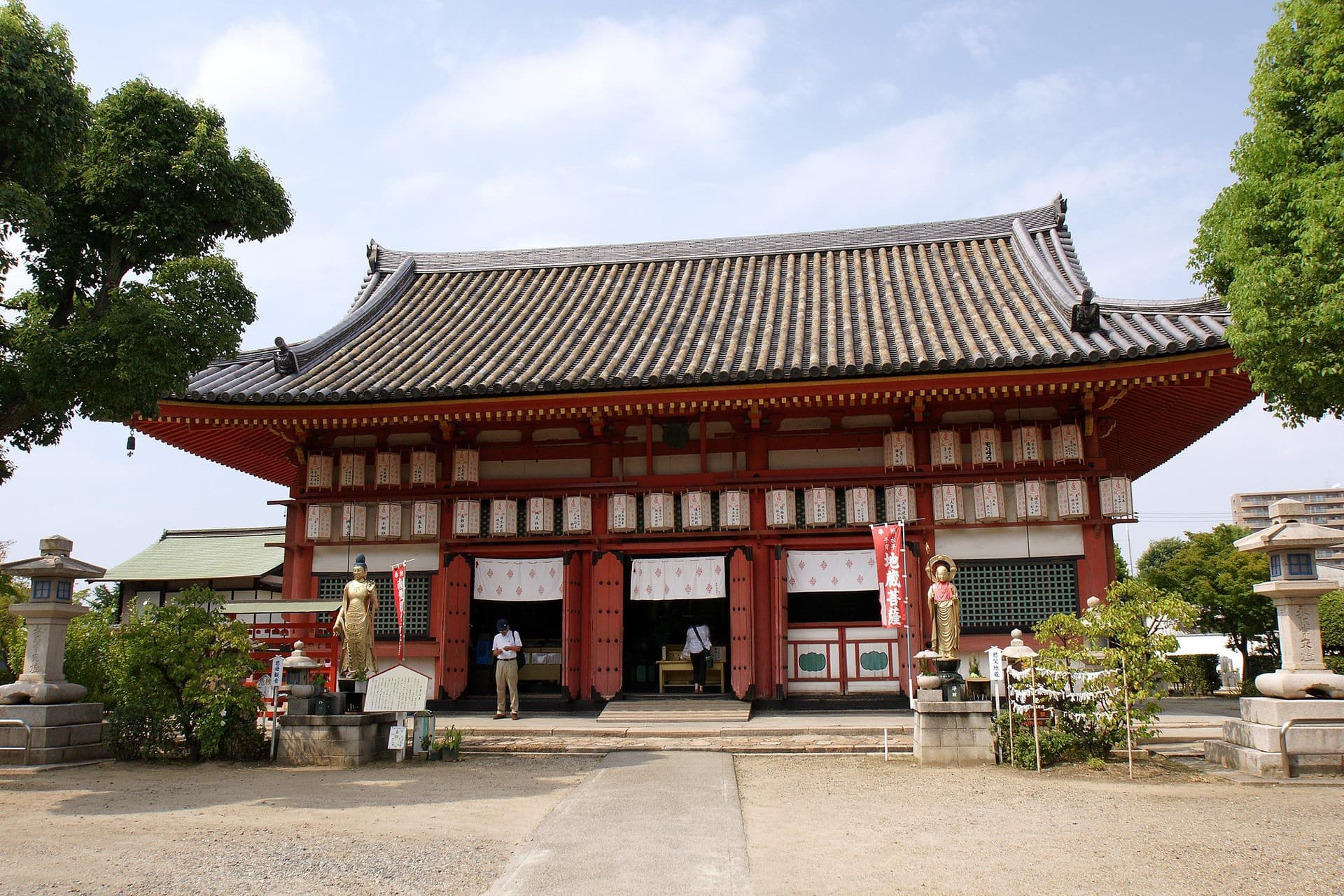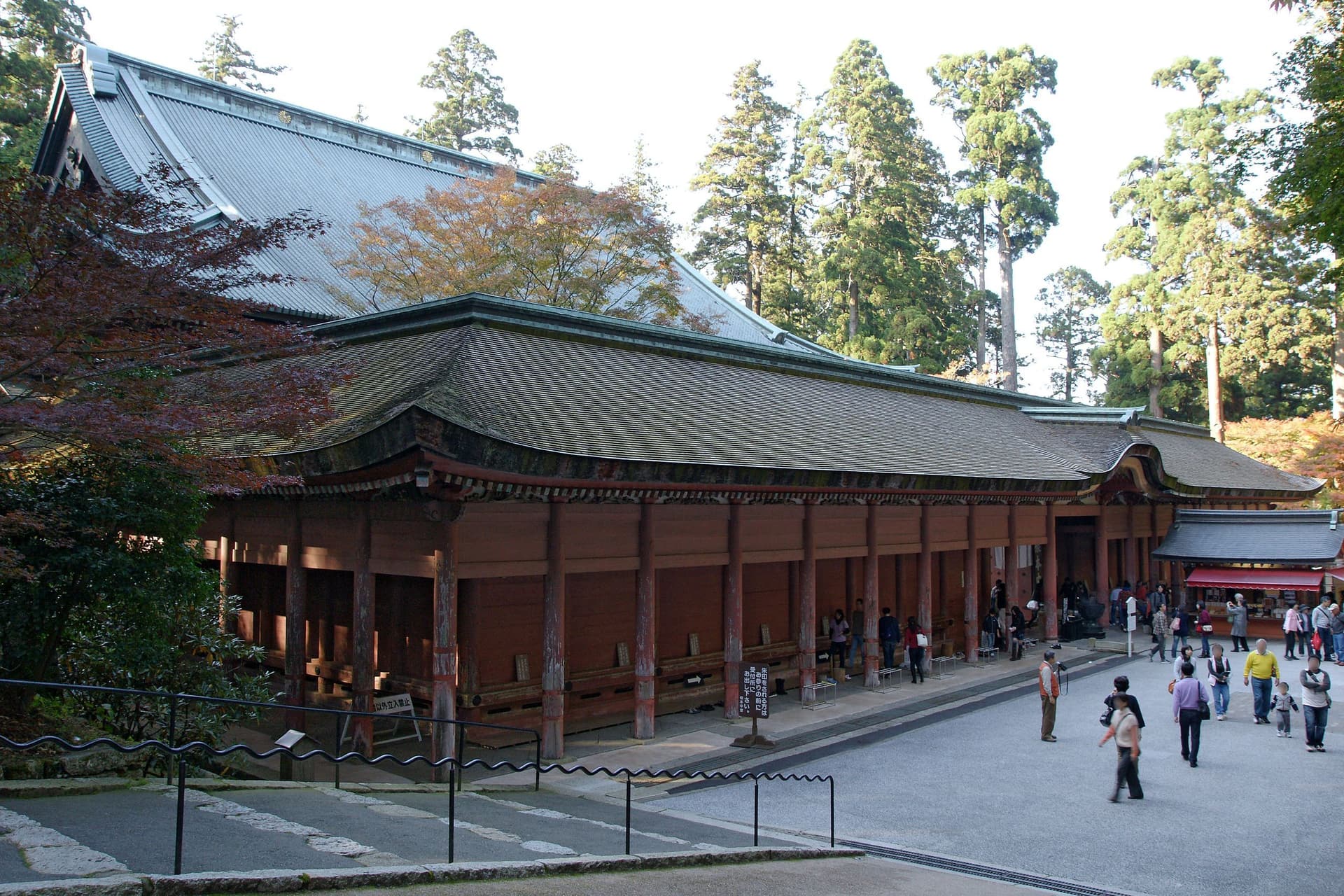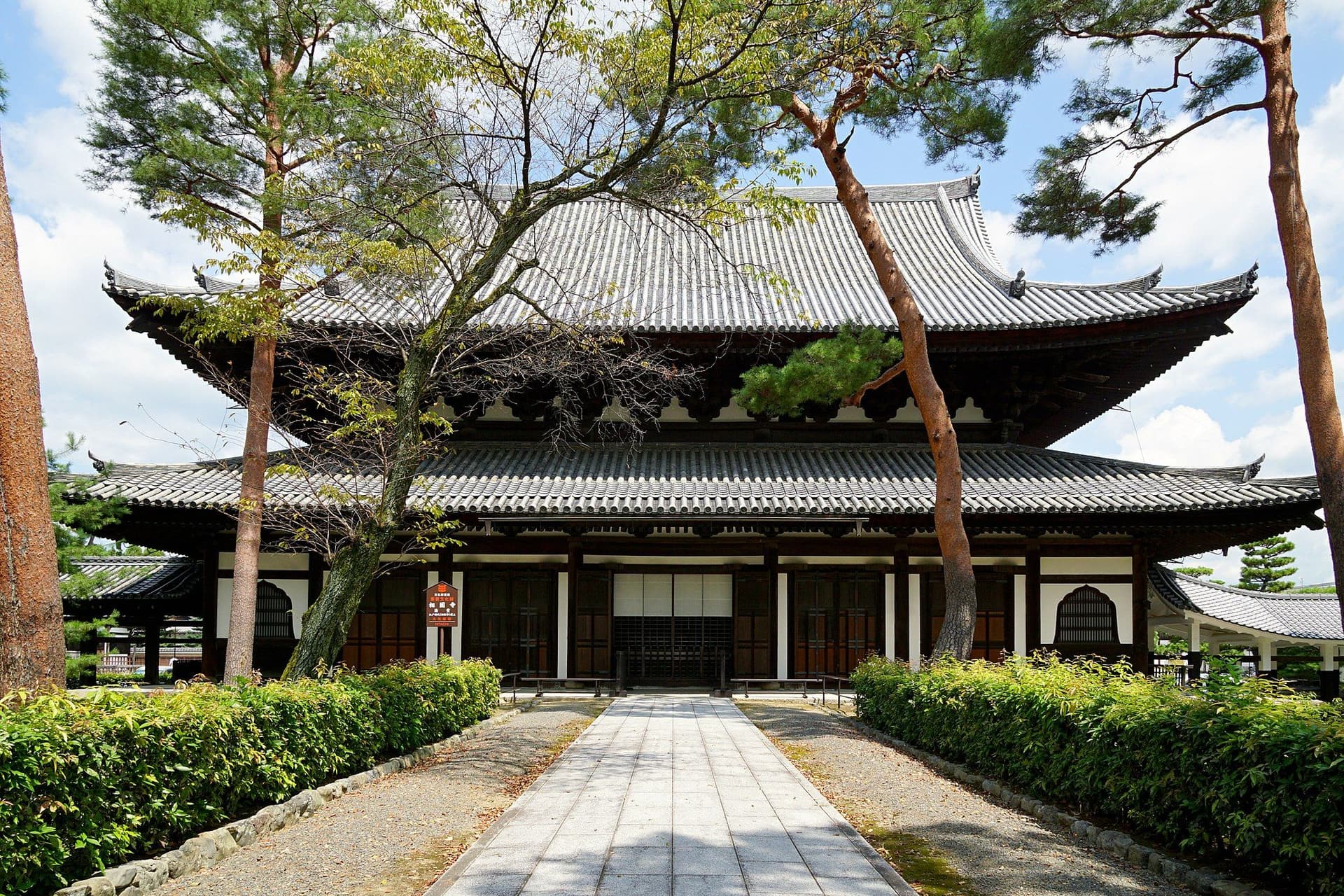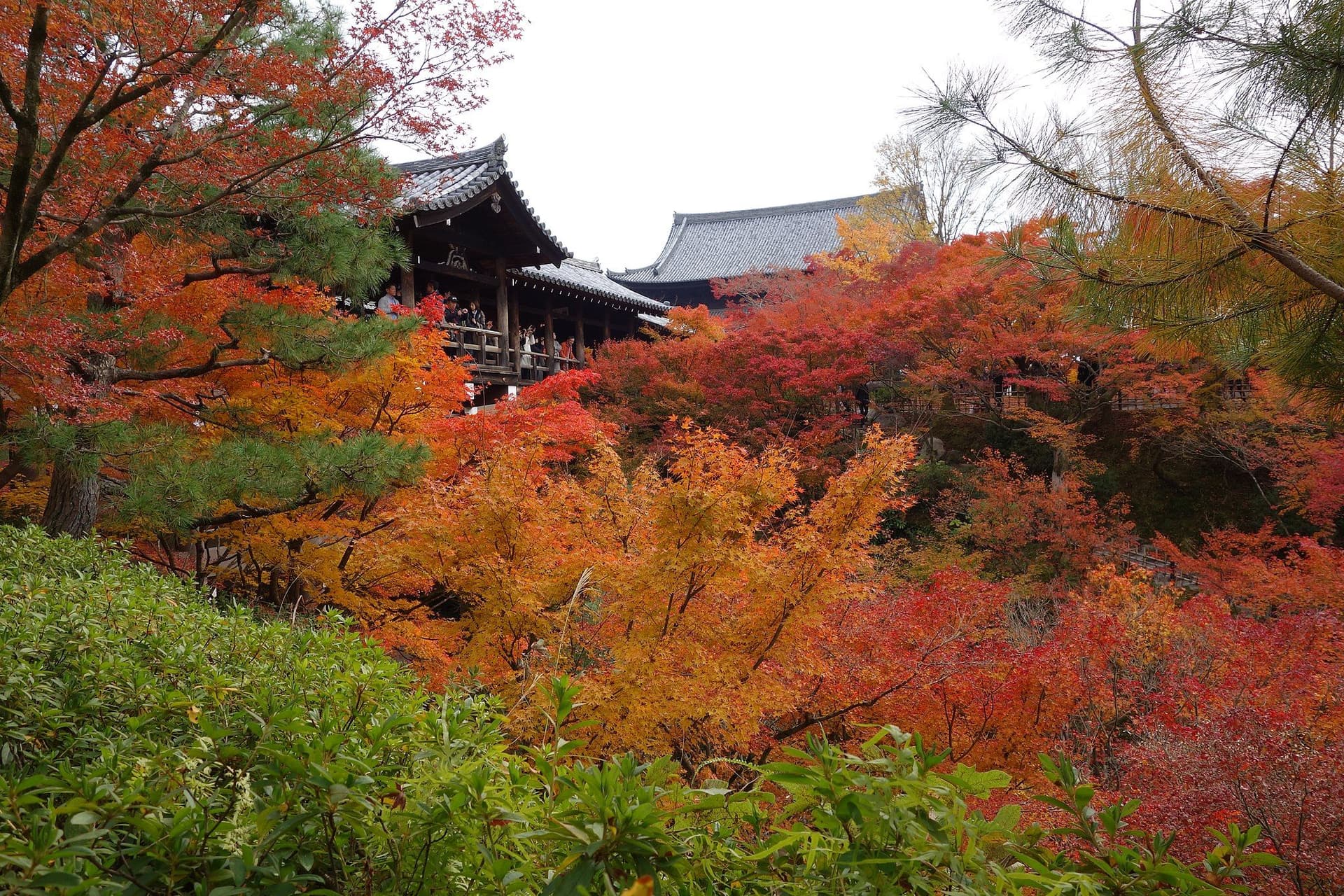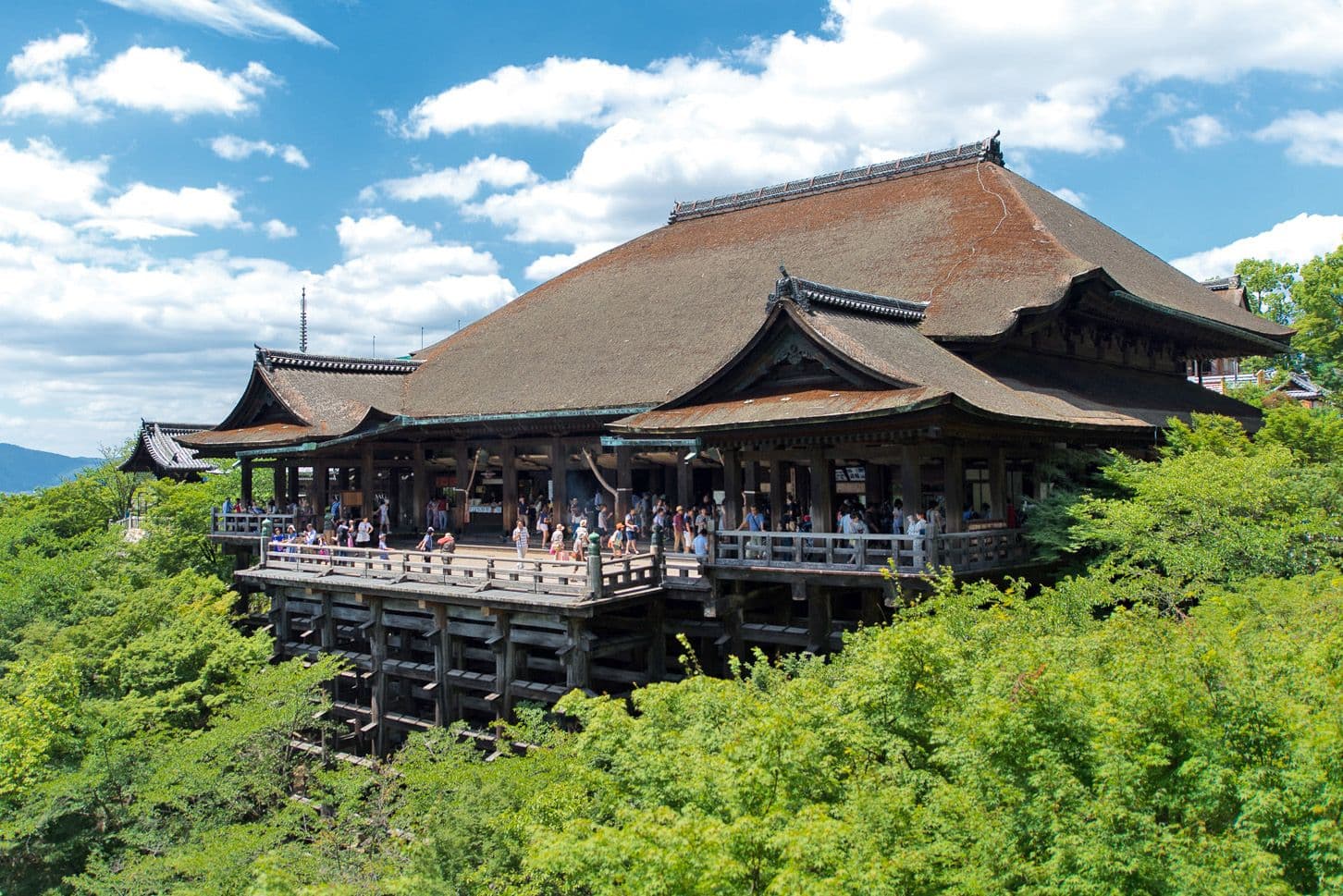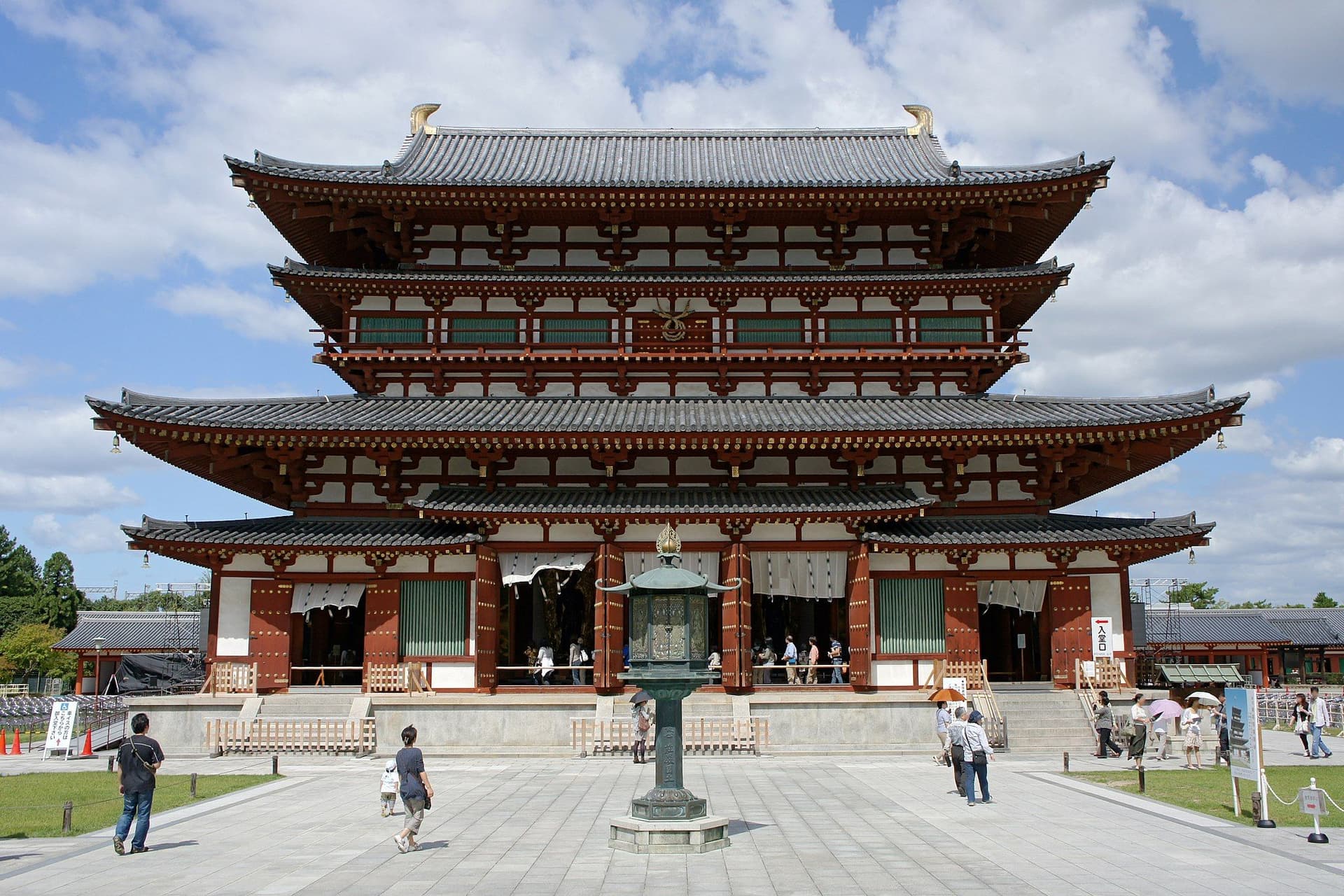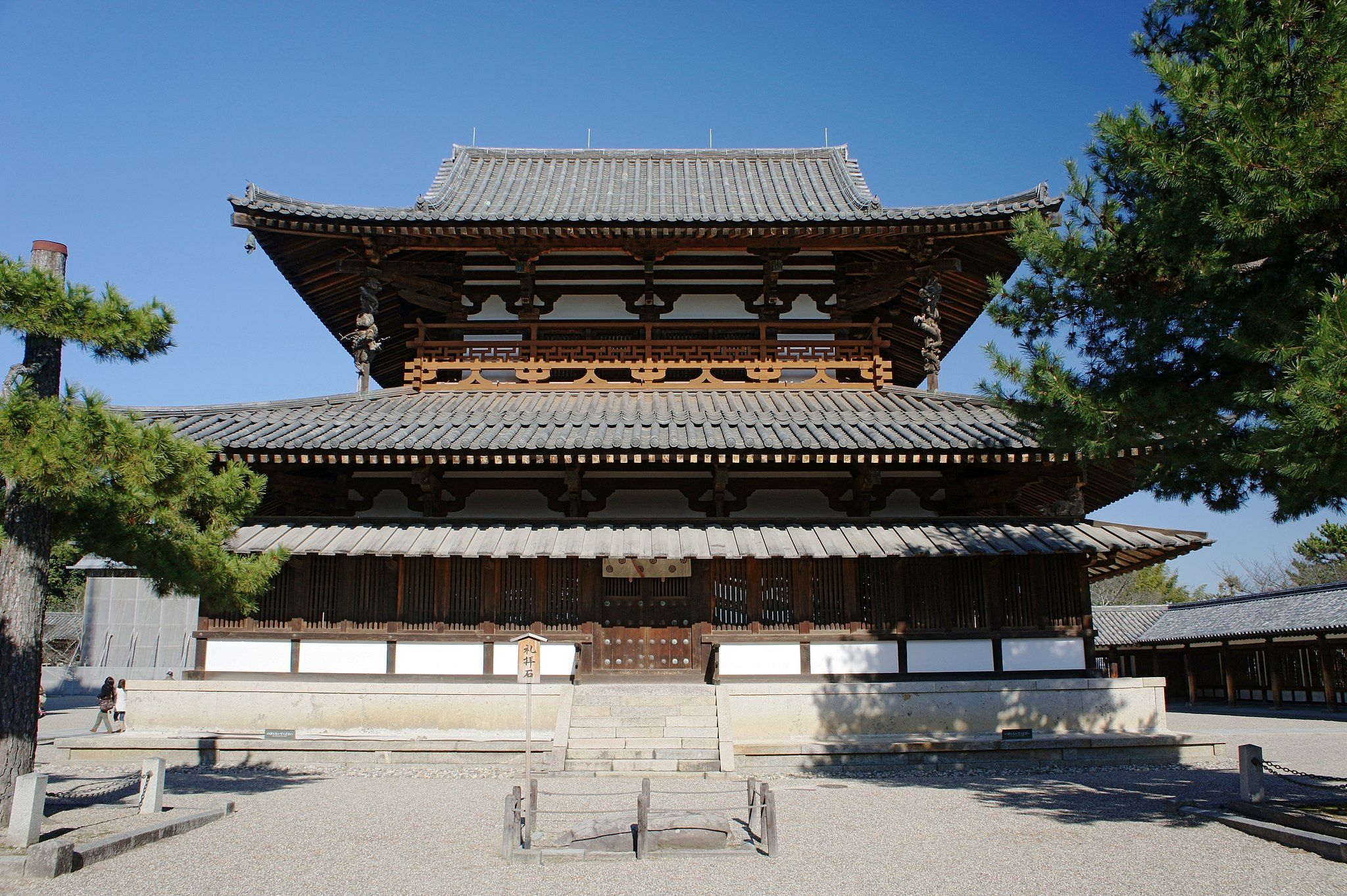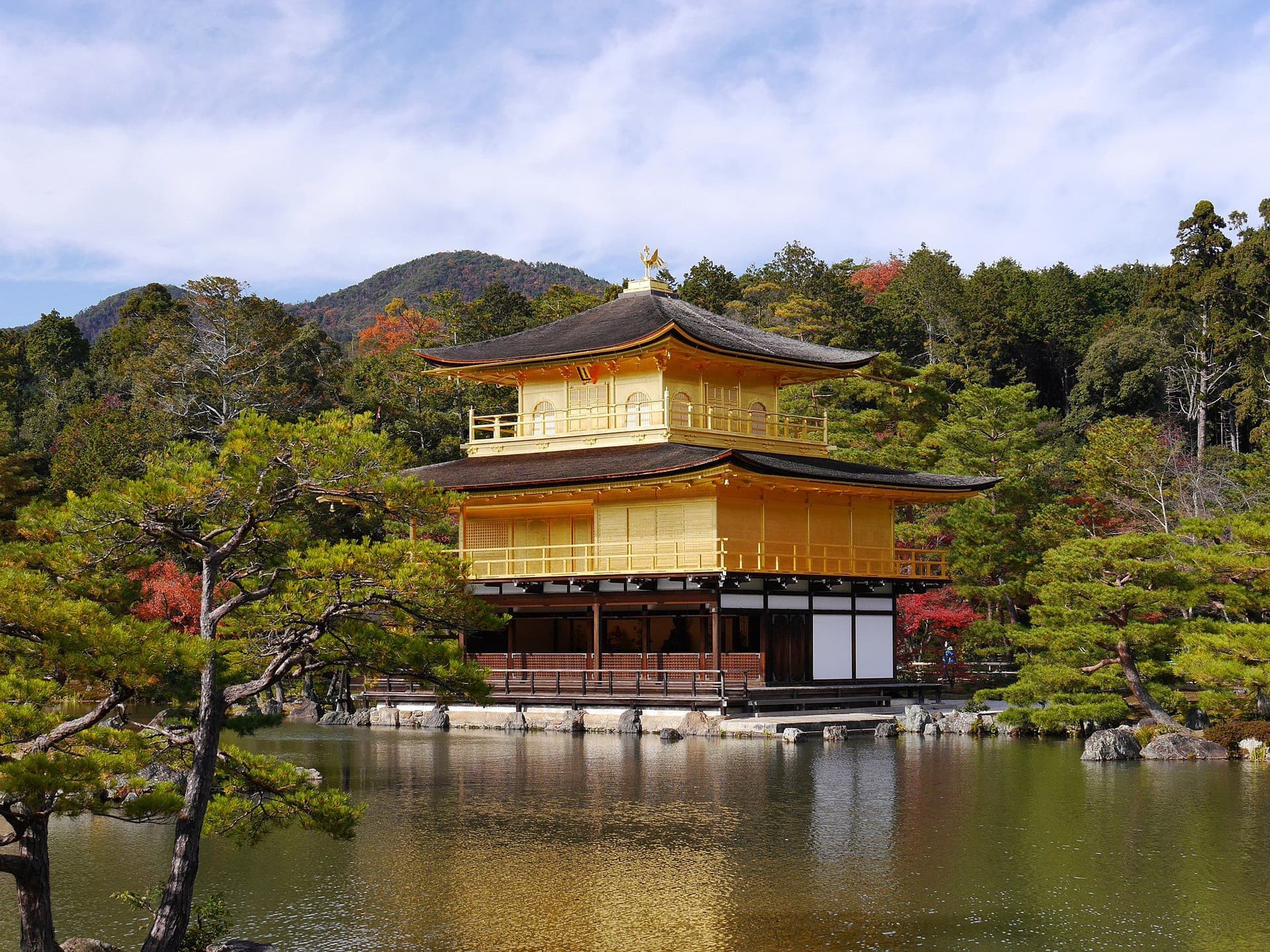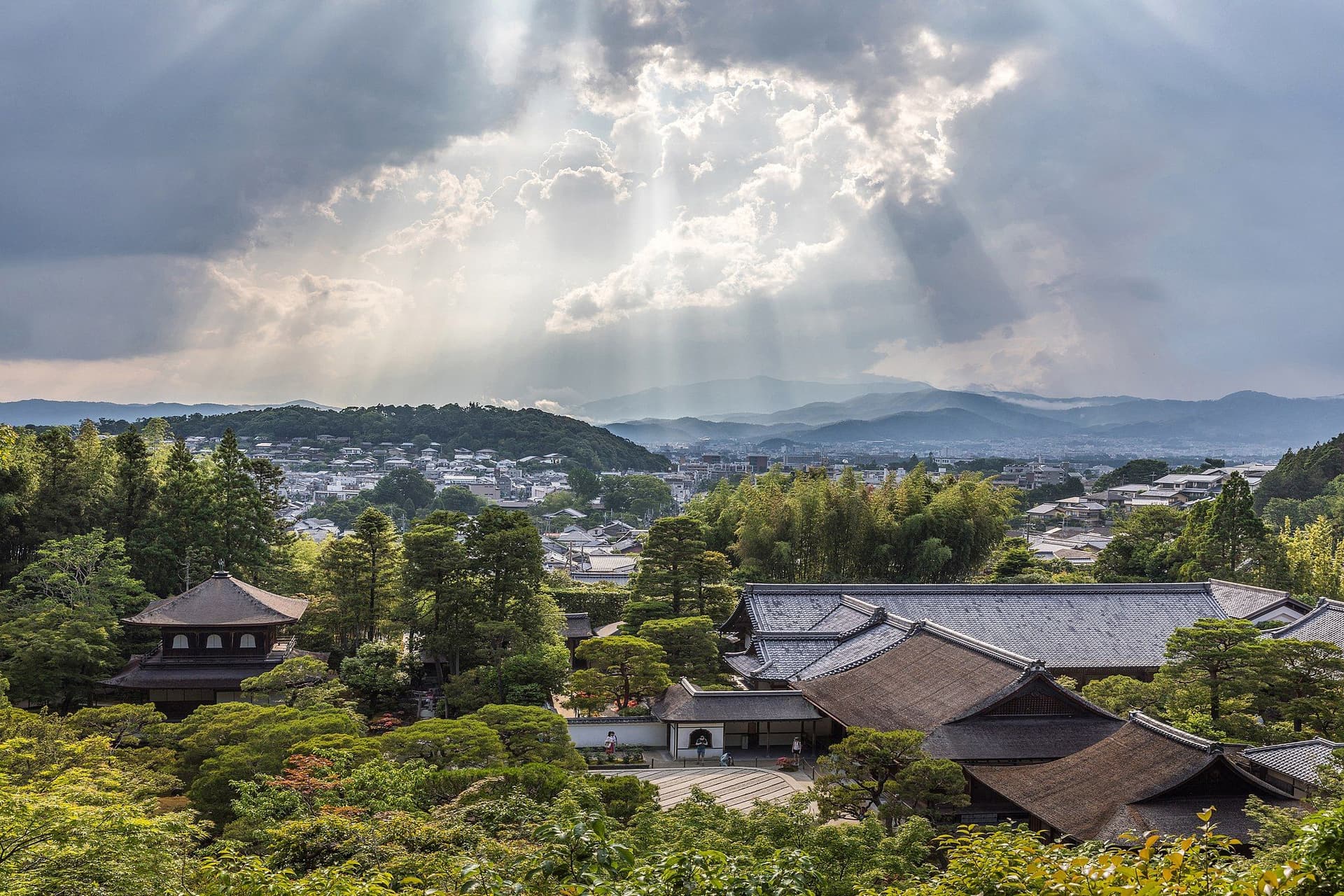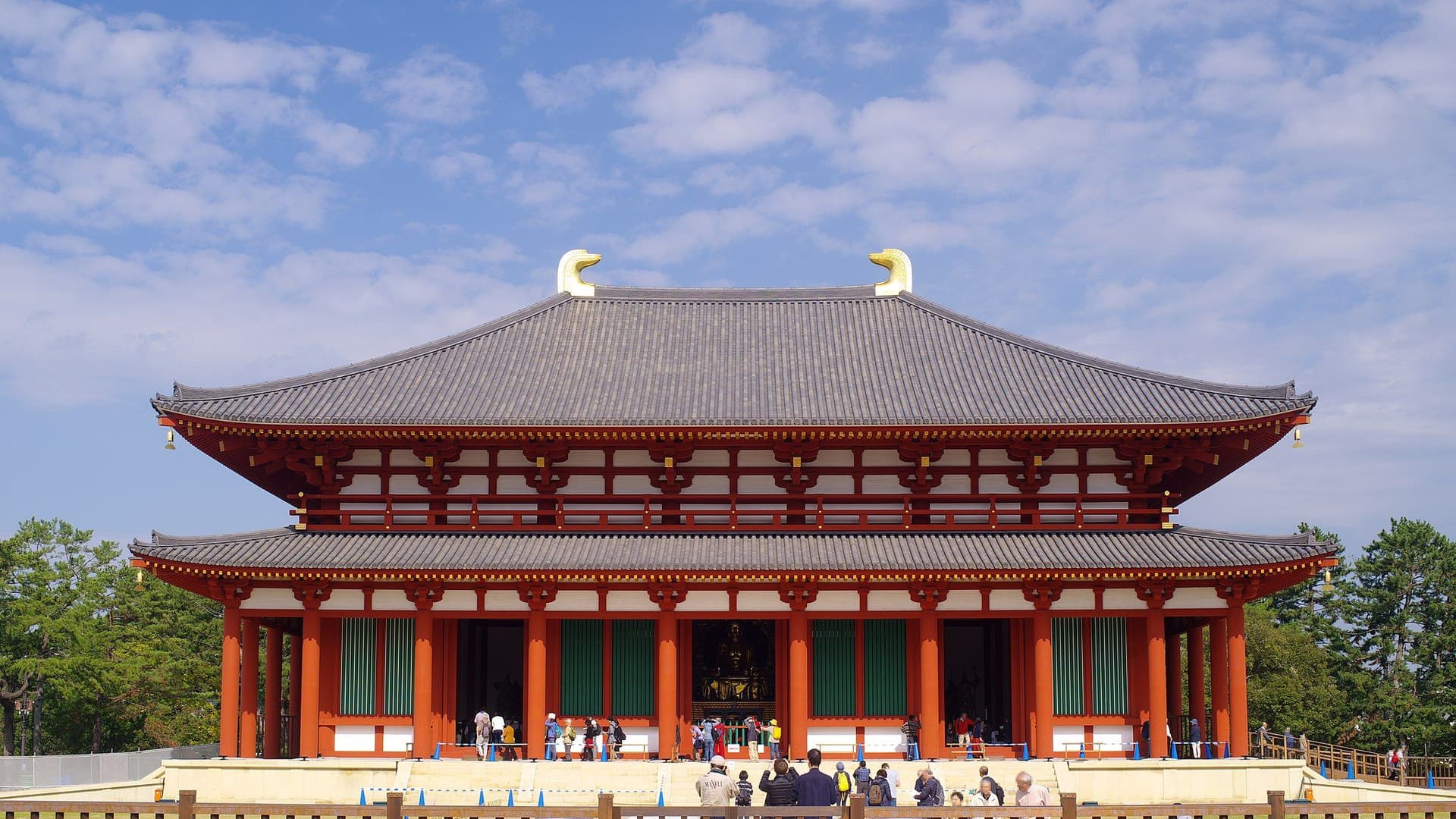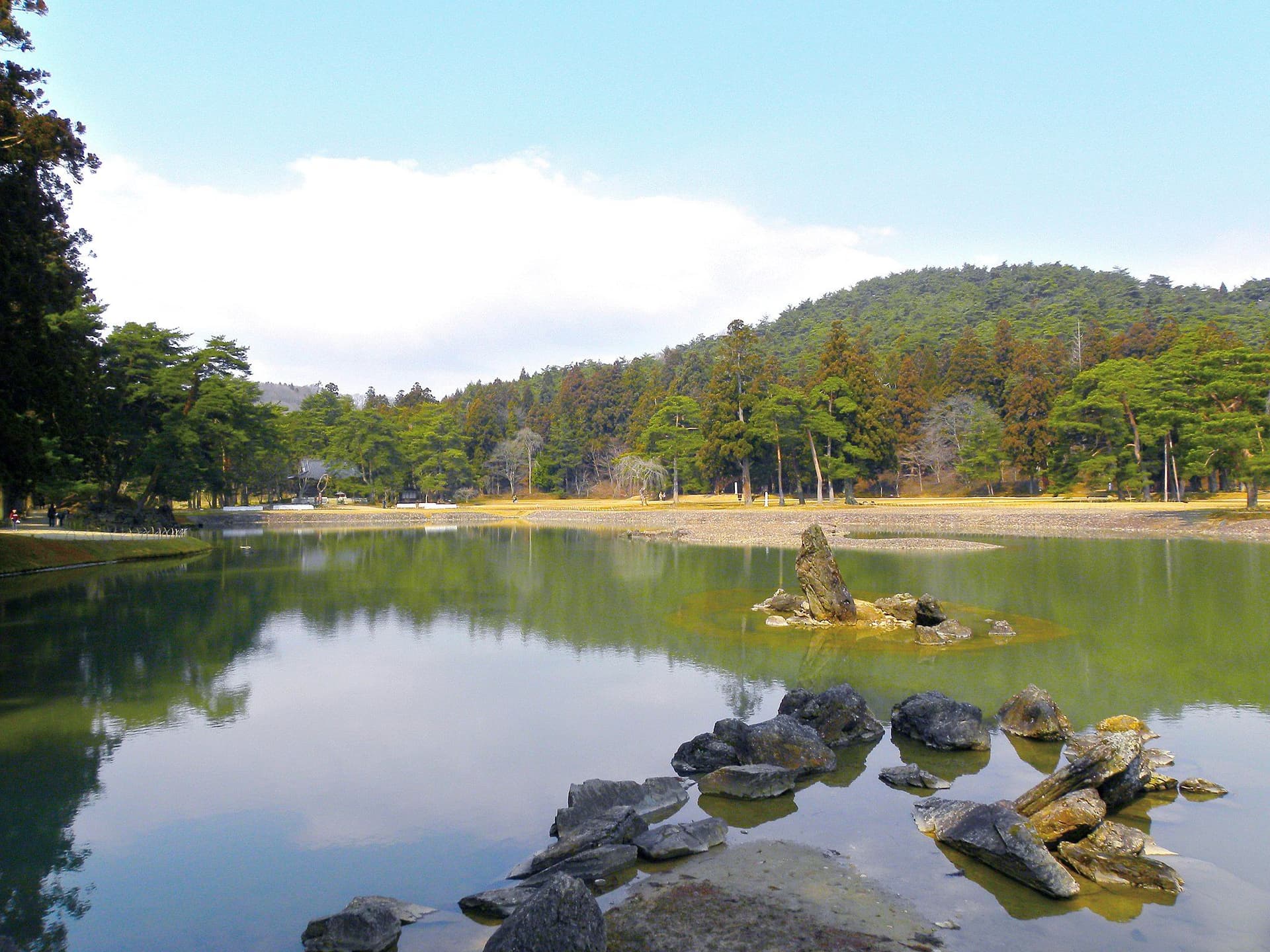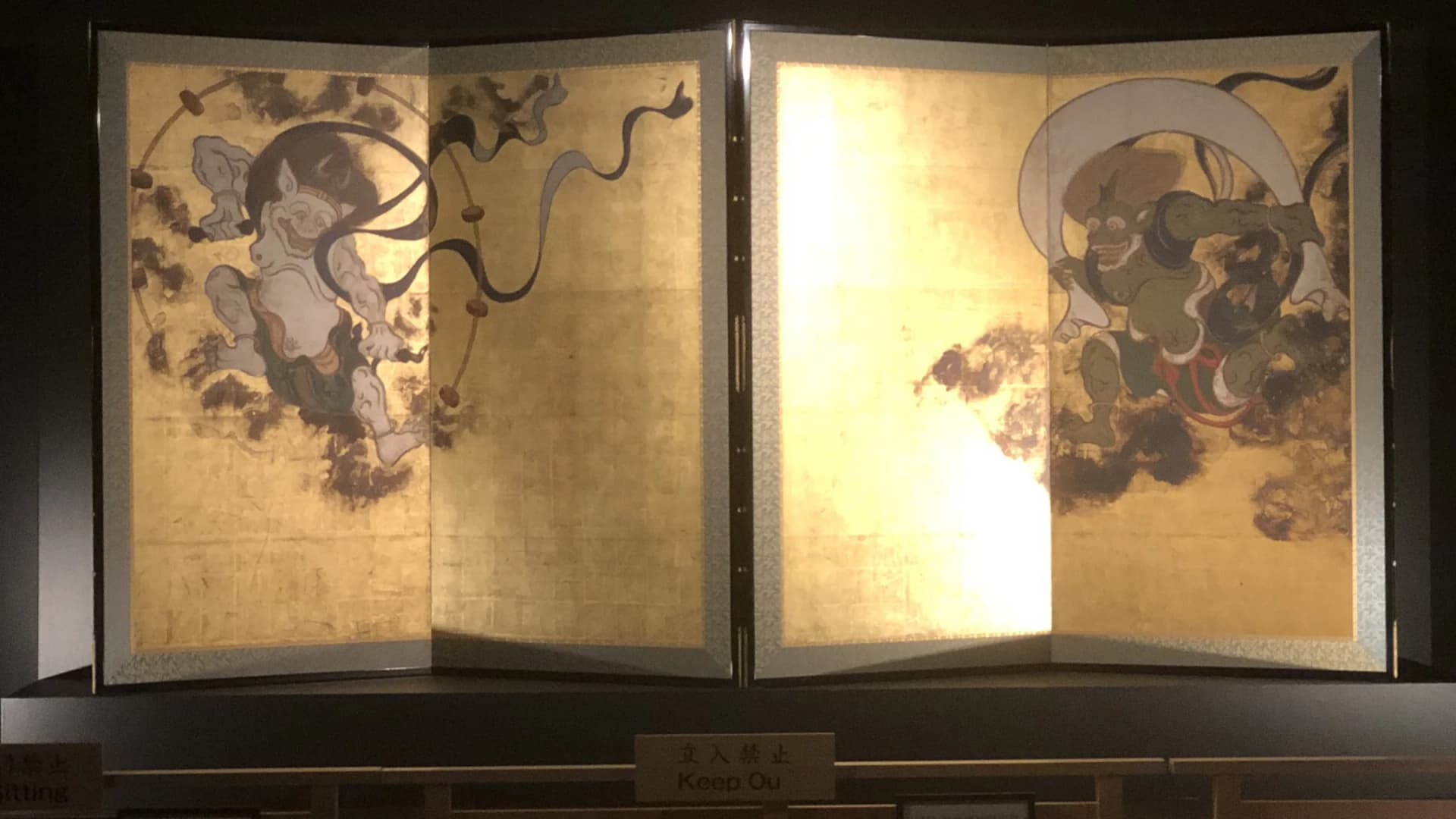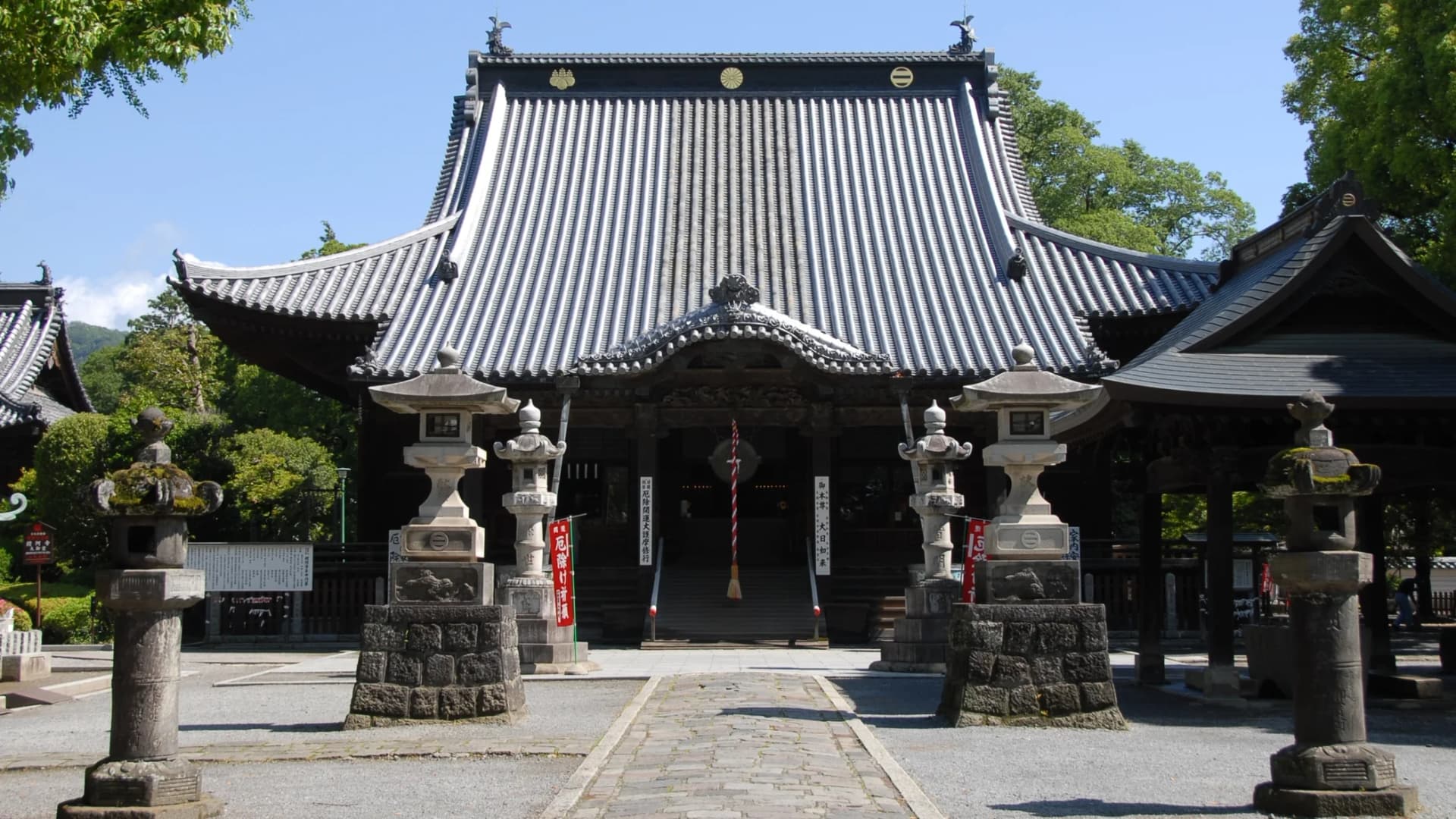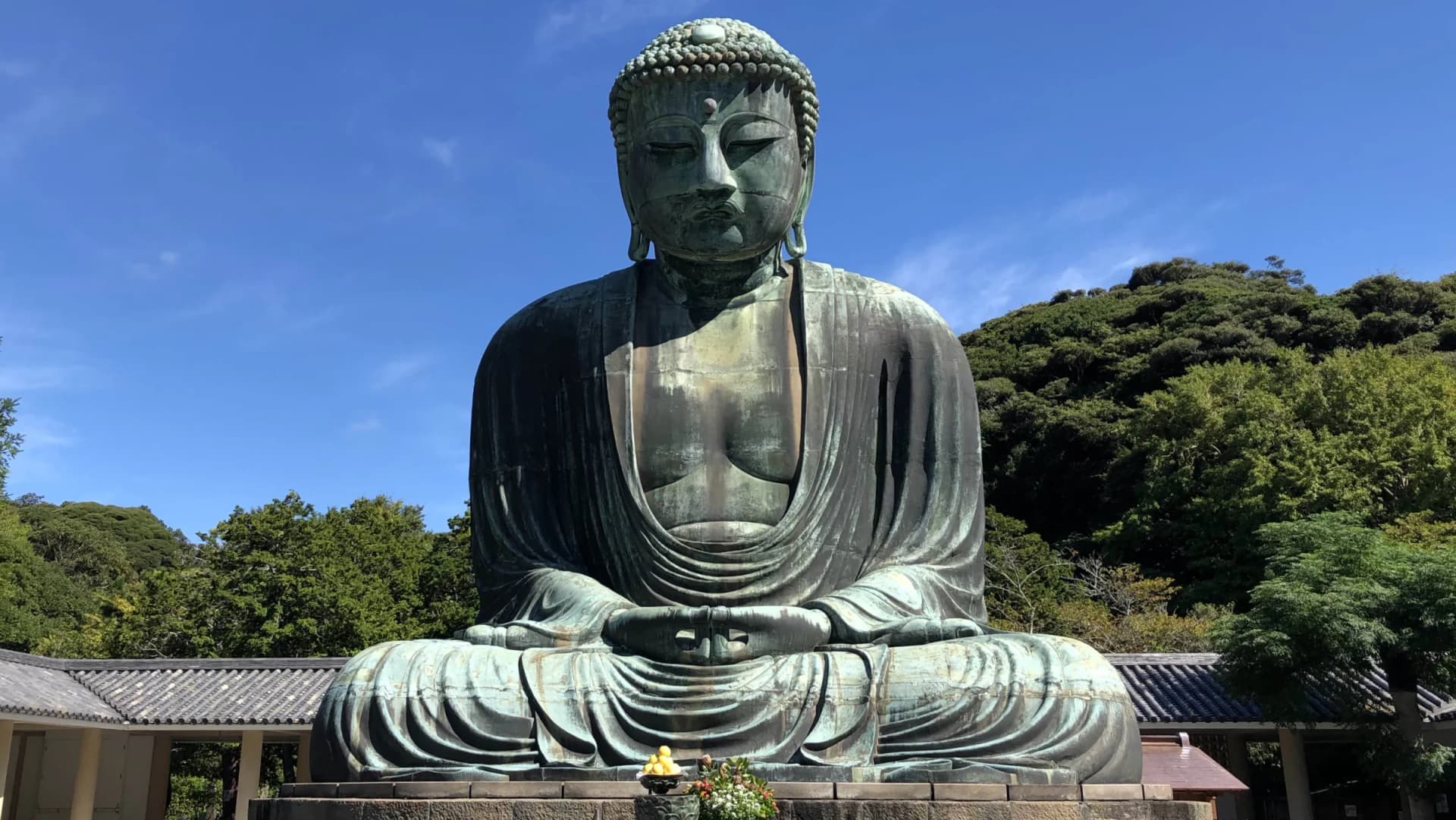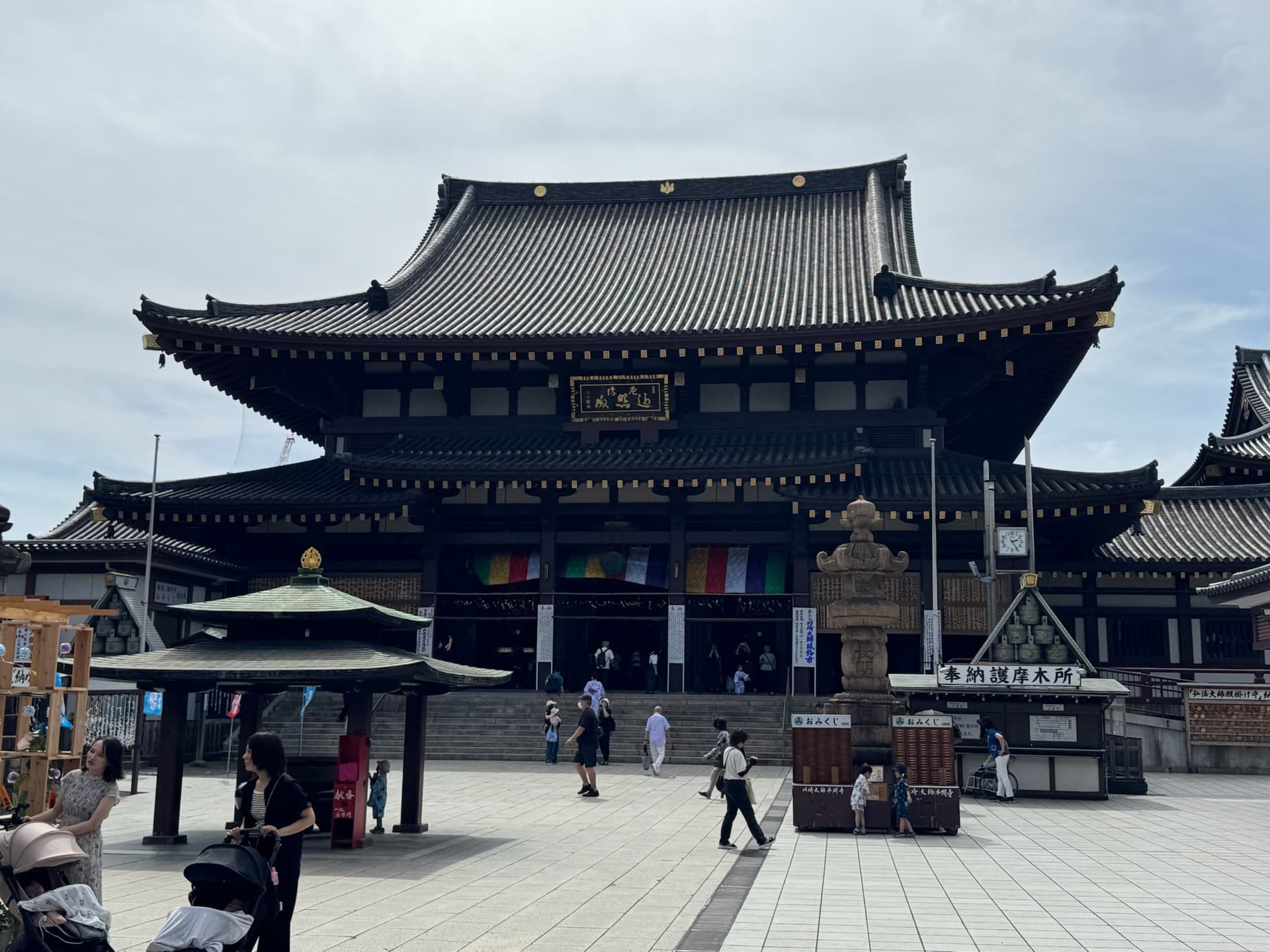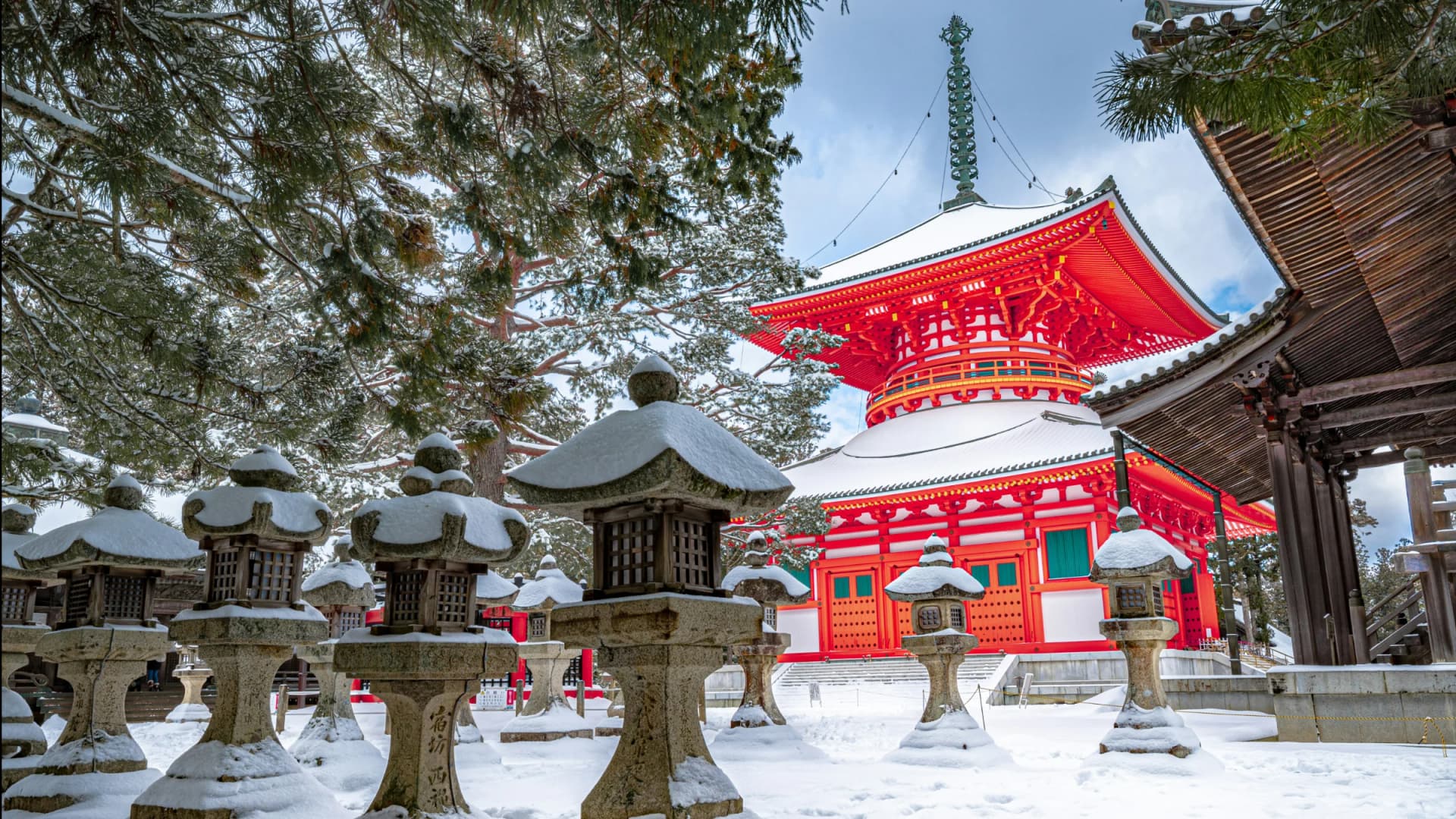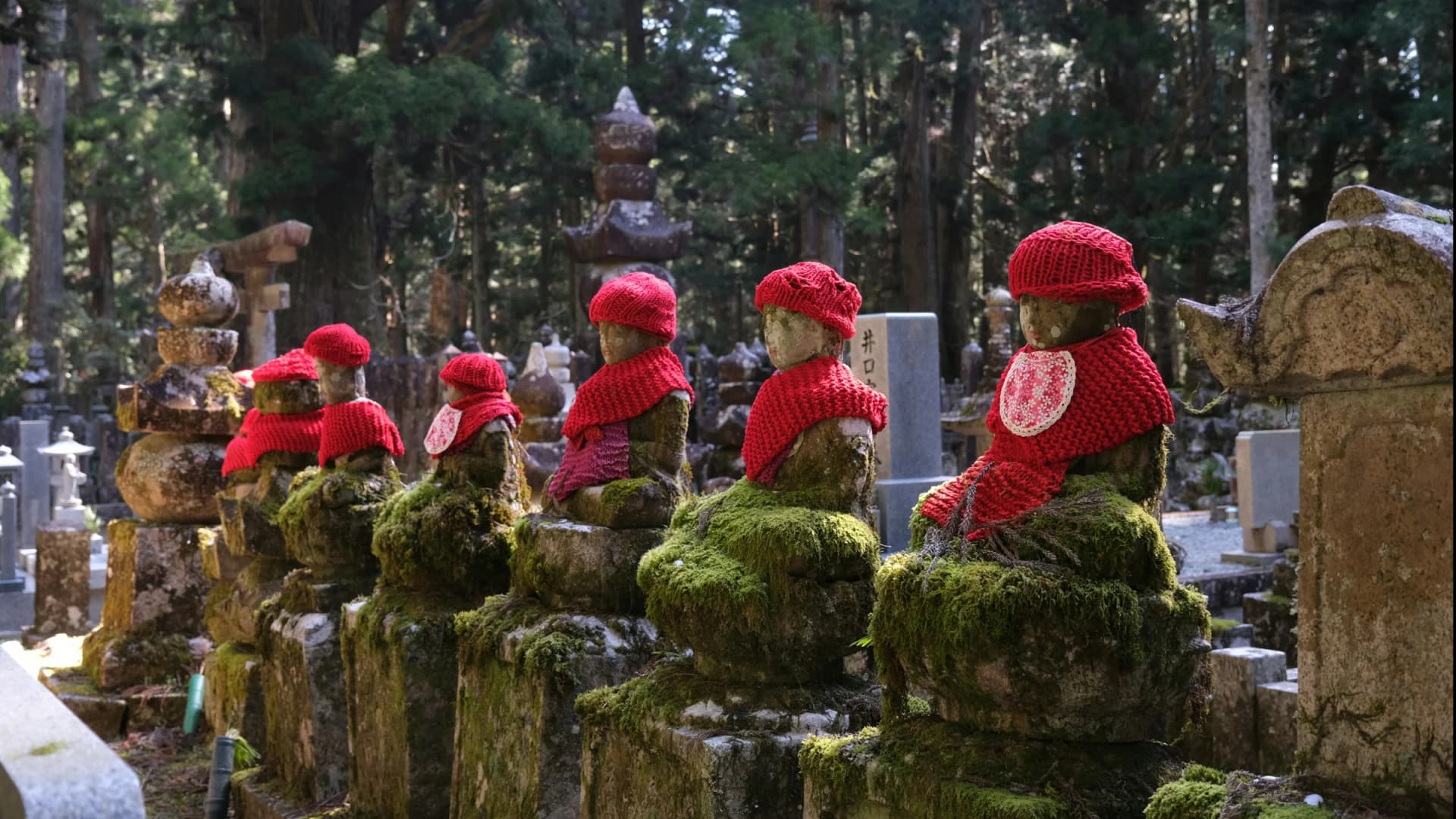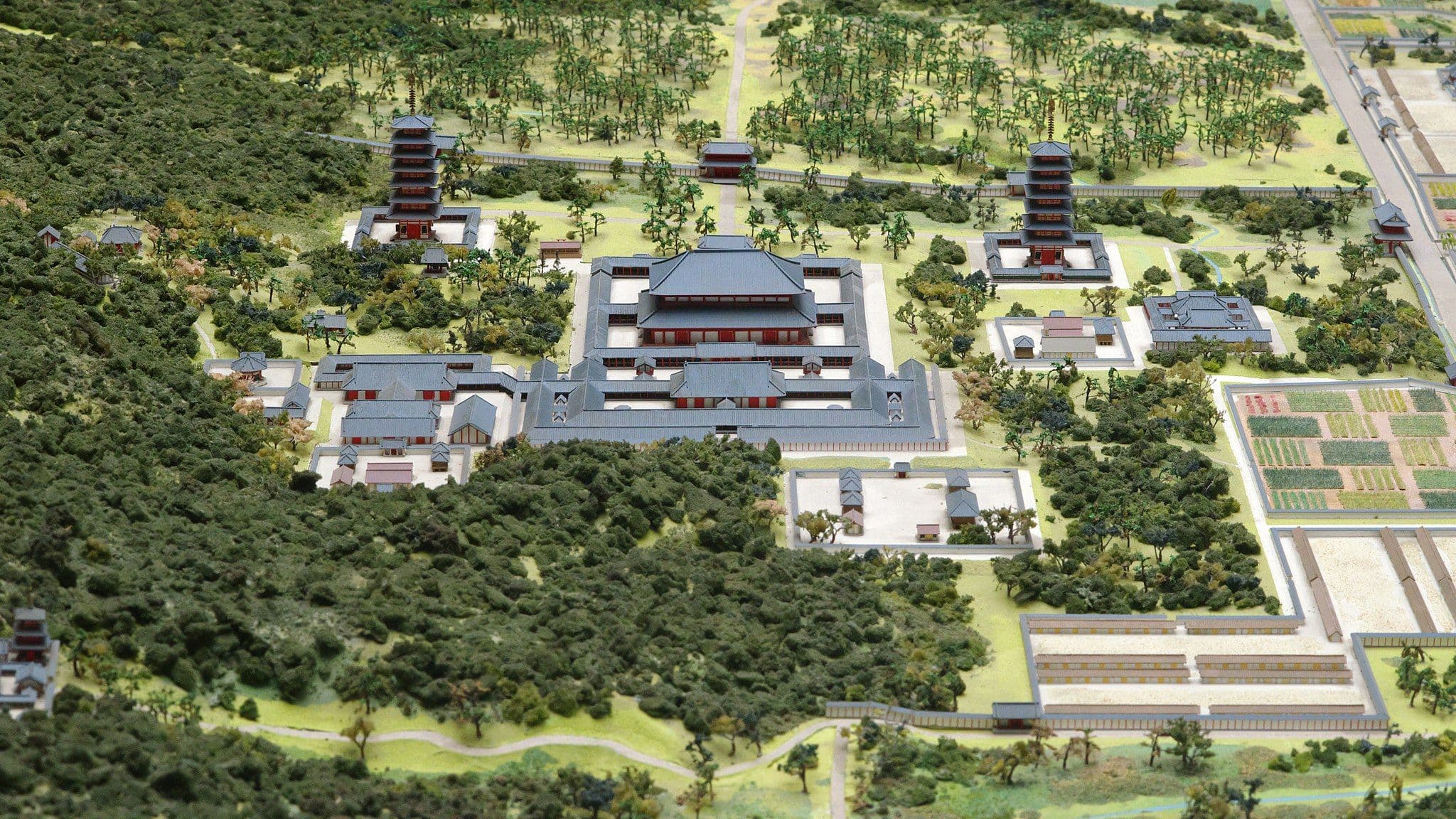
Temples
寺Buddhist temples are a significant part of Japan's religious and cultural landscape, as well as an important aspect of its history and heritage. Buddhism was introduced to Japan in the 6th century and has since become deeply ingrained in the country's religious and cultural fabric.
Buddhist temples in Japan are diverse in their architecture and design, reflecting the various sects of Buddhism that have emerged over the centuries. However, they typically feature several key elements, such as a main hall, or hondo, which houses a statue of the Buddhist deity or deities worshipped at the temple, and a pagoda, or to, which serves as a symbol of the Buddhist teachings.
In addition to their religious and cultural significance, Buddhist temples in Japan also offer a unique and beautiful architectural experience. Many temples feature traditional Japanese-style architecture, with sweeping roofs, intricate wooden carvings, and beautiful gardens. Some temples, such as the famous Todai-ji temple in Nara and the Senso-ji temple in Tokyo, are considered national treasures and are visited by millions of tourists and worshippers each year.
Buddhist temples also play an important role in Japan's spiritual and cultural events. Many temples host annual festivals and ceremonies, such as the Obon Festival, which is a time for families to come together and pay respects to their ancestors. Some temples also offer visitors the opportunity to participate in traditional rituals and practices, such as meditation and chanting, which provide a glimpse into the heart of Buddhist spirituality and the religious culture of Japan.
Related Places
Related topics
Last Updated:
